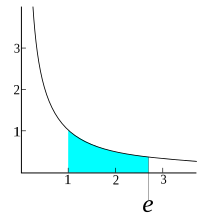
Photo from wikipedia
In order to overcome the difficulty of identifying multiple electromagnetic radiation sources (EMRS) of the same frequency and wideband EMRS, a deep neural network model based on blind source separation… Click to show full abstract
In order to overcome the difficulty of identifying multiple electromagnetic radiation sources (EMRS) of the same frequency and wideband EMRS, a deep neural network model based on blind source separation (BSS) and deep feature learning network (DFLN) is proposed. To separate the mixed signal of the unknown source number, a new BSS method based on convolutional neural network (CNN) and shallow neural network (SNN) is proposed. The spatial spectrum (SS), the number of EMRS, and the mixed matrix are estimated by CNN. The separation matrix is estimated by SNN. To effectively identify unknown wideband EMRS, a DFLN based on multiple feature representation learning (MFRL) and similarity metrics (SM) is proposed. The multiple feature representation of EMRS is obtained by two of the same CNNs, and the deep feature representation (DFR) is learned by SM. The classification layer is improved to identify unknown EMRS. To ensure generalization, both the simulated dataset and the measured dataset are used to train the proposed network. The experiment results show that the average identification accuracy of the proposed method for unknown EMRS reached 98% and about 97% for wideband EMRS.
Journal Title: IEEE Transactions on Instrumentation and Measurement
Year Published: 2023
Link to full text (if available)
Share on Social Media: Sign Up to like & get
recommendations!